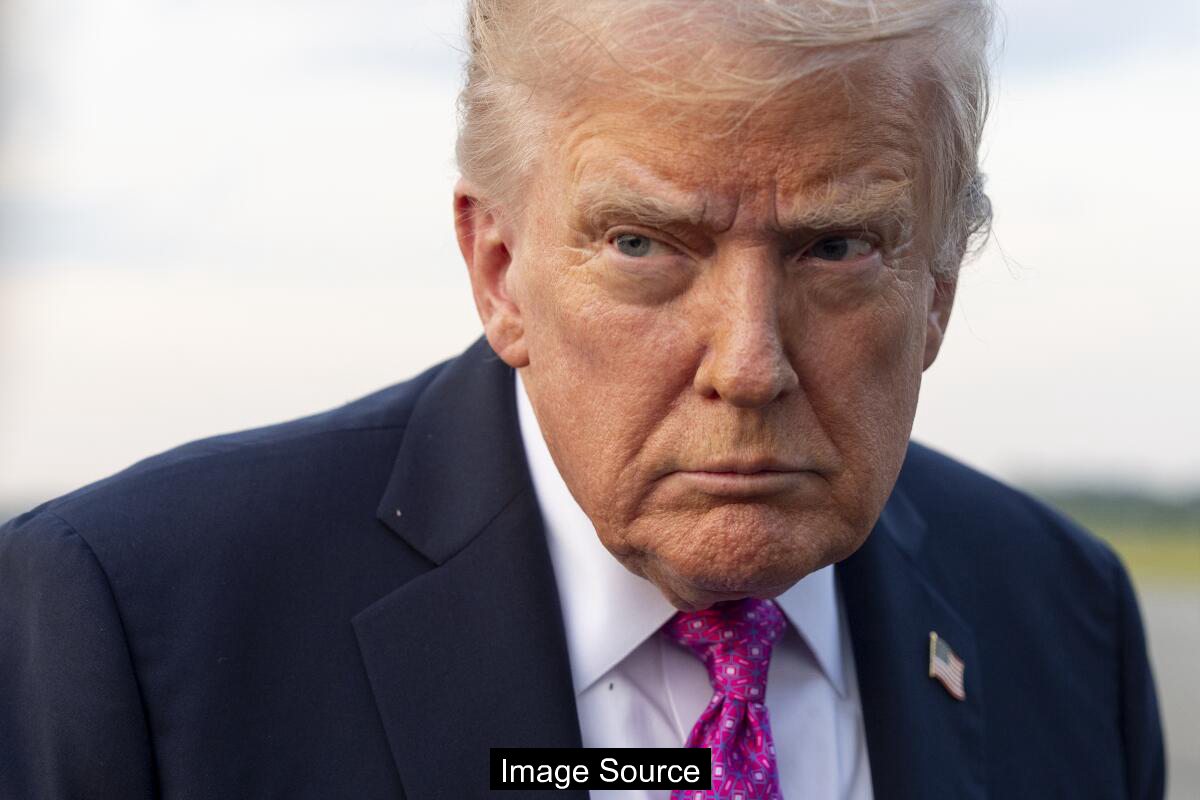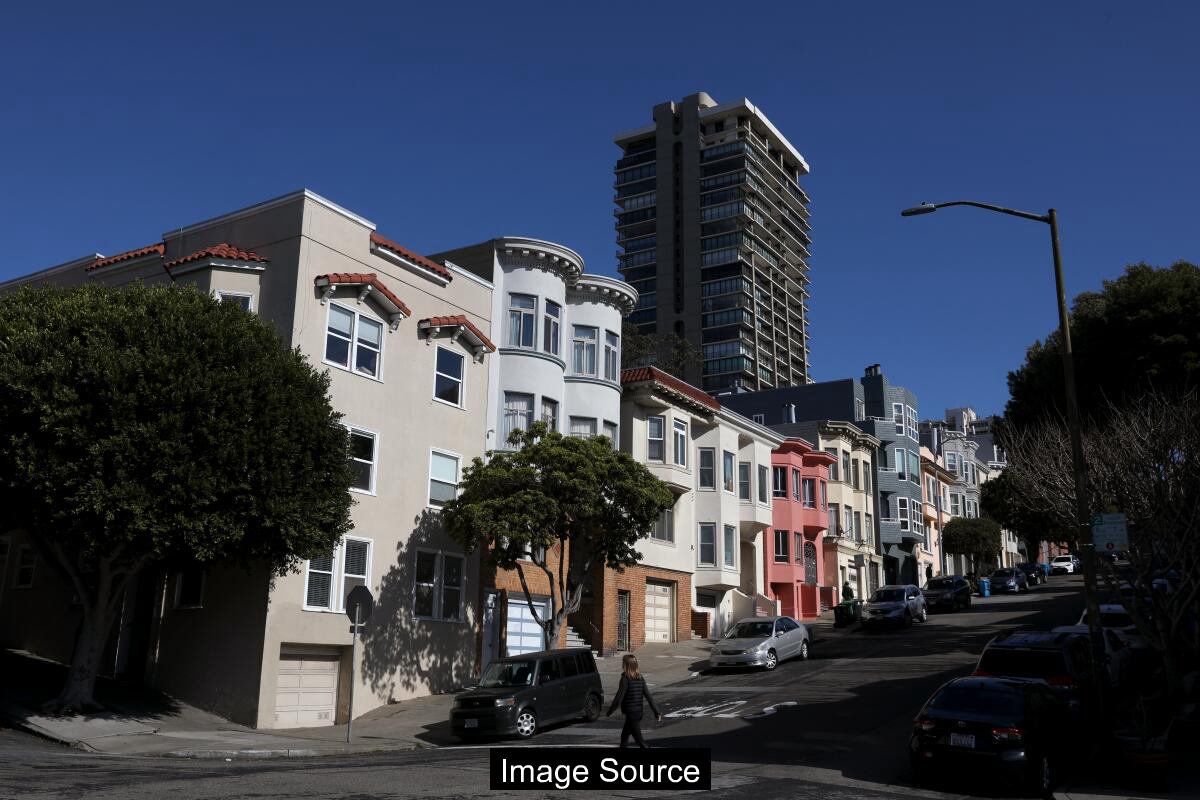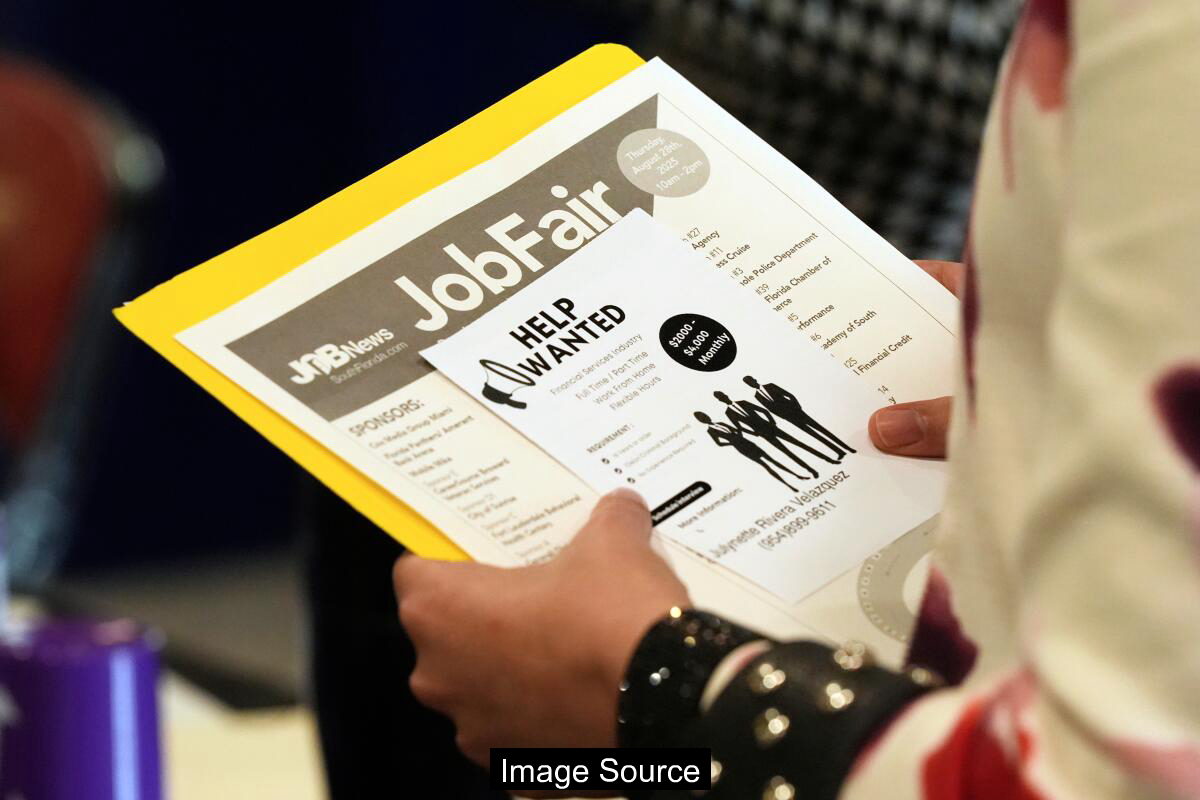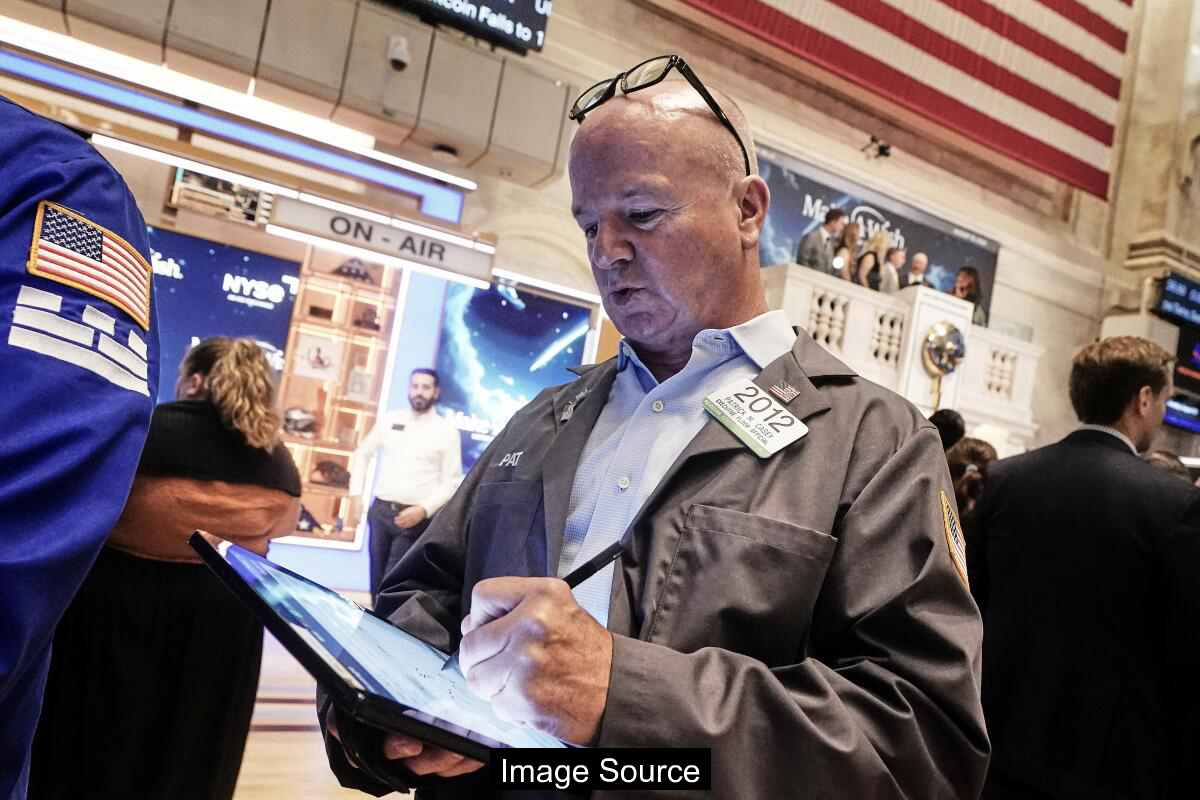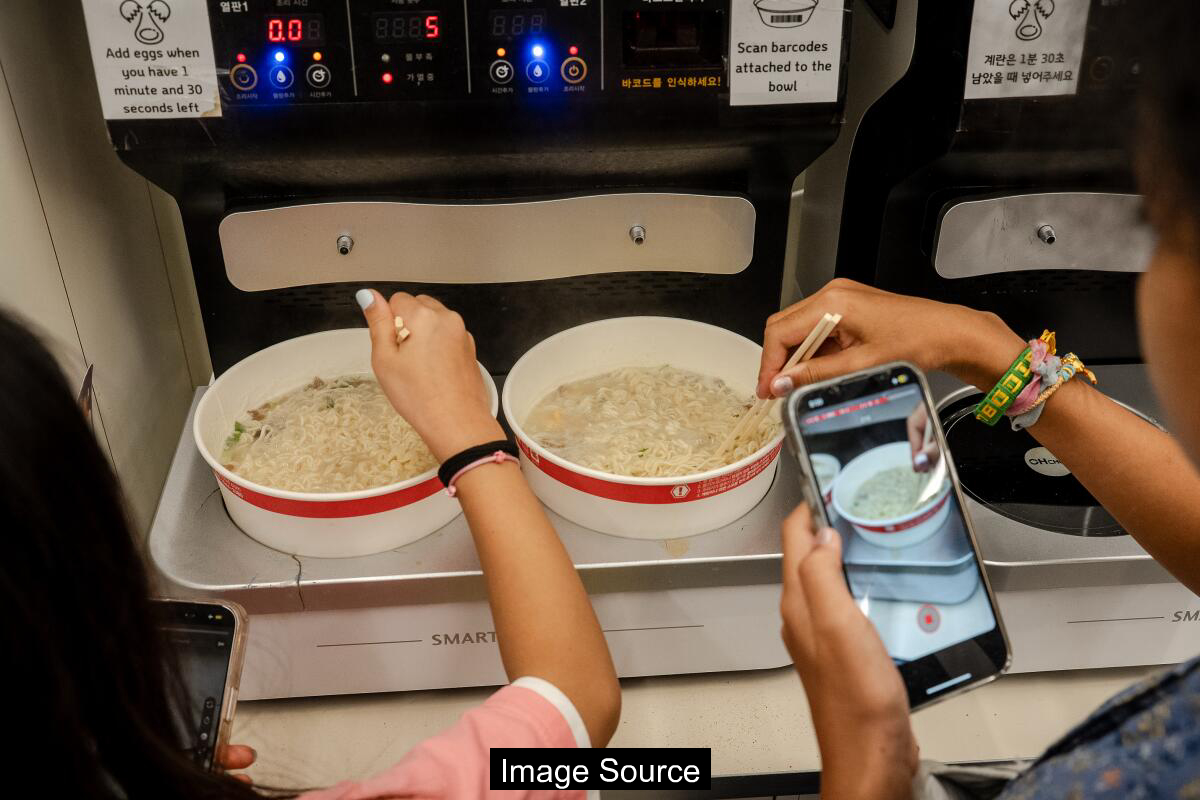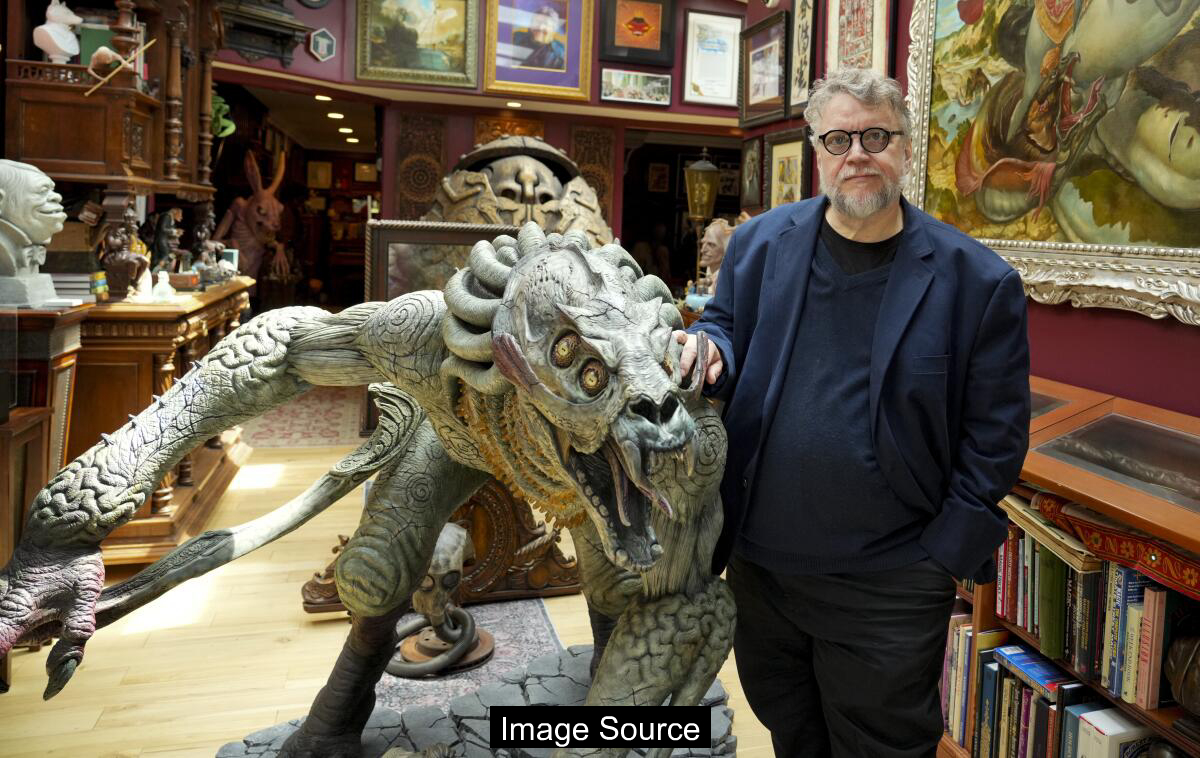The Screen Actors Guild-American Federation of Television and Radio Artists has established a new fund to distribute streaming revenue among its members, marking a significant outcome of the […]
Musk’s xAI Cuts 500 Staff Working on Grok AI Chatbot
Elon Musk’s artificial intelligence startup xAI has initiated significant workforce reductions, eliminating approximately 500 employees from its Grok AI chatbot development team. The layoffs represent a substantial restructuring […]
Trump Touts TikTok Deal as Deadline Looms for Potential Ban
Former President Donald Trump has weighed in on the ongoing negotiations surrounding TikTok’s potential sale to Oracle and Walmart, a deal that could prevent the social media platform […]
Paramount’s New Owner Eyes Potential Warner Bros. Discovery Merger
Media consolidation continues to reshape the entertainment landscape as Skydance Media’s David Ellison prepares to take control of Paramount Global. Sources close to the negotiations suggest that a […]
San Francisco Housing Prices Cool Down, Approach Pre-Pandemic Market Levels
Recent data indicates a significant shift in San Francisco’s real estate market, with housing prices gradually stabilizing after years of pandemic-induced volatility. The city’s residential property values have […]
California Tech Layoffs Surge as AI Disrupts Employment Landscape
The technology sector in California continues to experience significant workforce reductions, with artificial intelligence emerging as a key driver of employment shifts. Major tech companies have been implementing […]
Wall Street Tumbles as Bond Market Yields Spark Investor Anxiety
U.S. stock markets experienced significant declines on Wednesday as rising Treasury bond yields triggered widespread investor concerns about economic stability. The sell-off was particularly pronounced across technology and […]
South Korea Leads Global Convenience Store Market with Weekly Food Innovation
South Korea’s convenience store sector continues to set global benchmarks with its rapid product development and consumer-driven innovation. The country’s major convenience store chains have transformed from basic […]
Del Toro Sells Movie Collectibles After Near-Loss in Wildfire Scare
Oscar-winning filmmaker Guillermo del Toro has decided to auction an extensive collection of movie memorabilia following a close call with wildfires near his home in California. The sale, […]
Tech Fears Escalate: AI Sparks Apocalyptic Rhetoric in Silicon Valley
Prominent technology leaders and executives are increasingly voicing deep concerns about the potential existential risks posed by advanced artificial intelligence systems. Recent statements from industry figures like Elon […]


